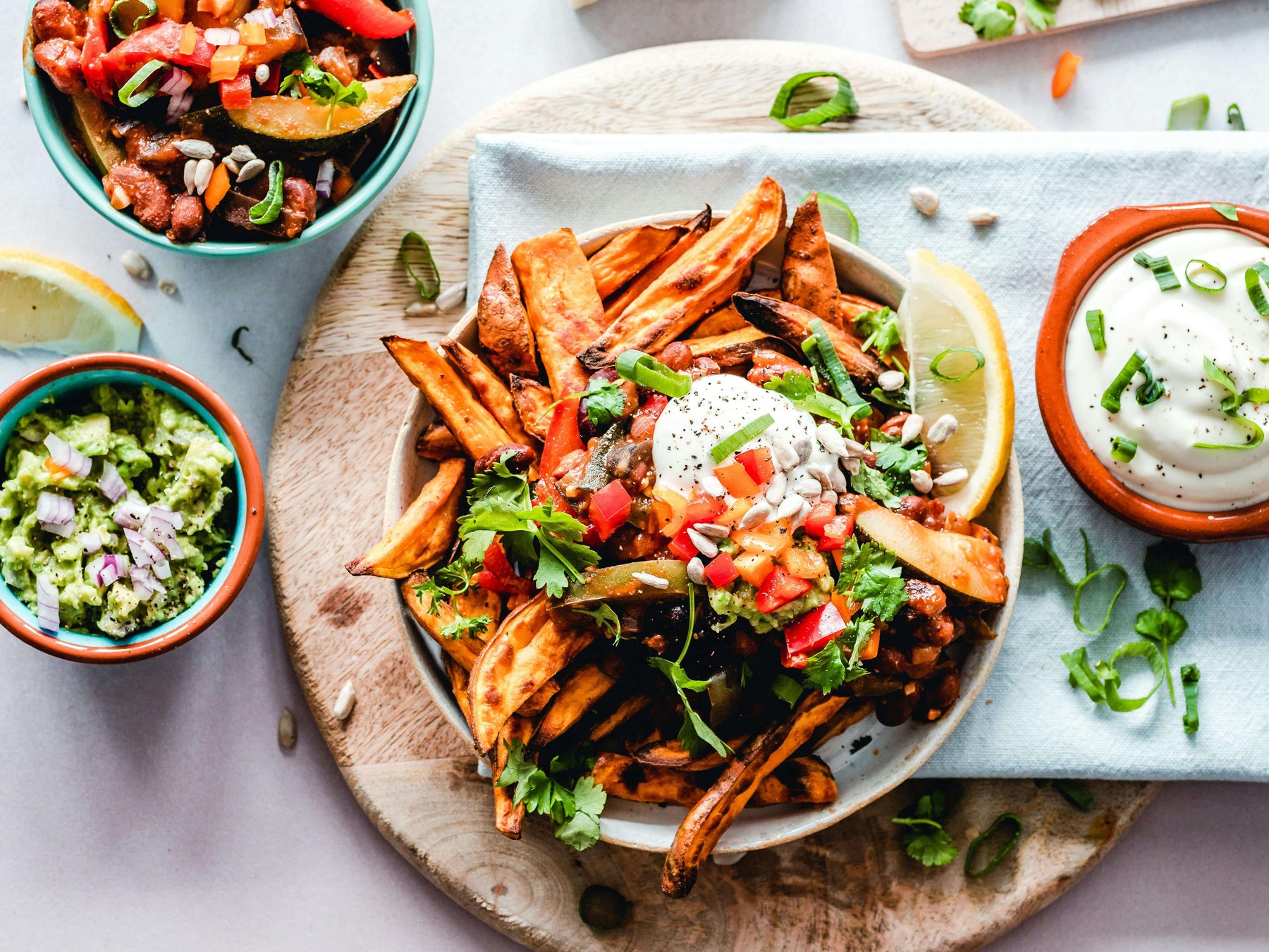
Diabetes Diet 101: Best and Worst Foods for Diabetes
Managing diabetes isn’t just about numbers on a meter—it’s about making every meal count. With a thoughtfully balanced diet, you can not only take control of your blood sugar but also fuel your body with the energy and nutrients it needs to thrive. At the same time, making the wrong food choices can worsen your condition and undermine your progress.
Today, let’s dive into the best types of food to add to your diet—and the ones to avoid.
Best Foods for Diabetes

-
Leafy Greens
Leafy greens like spinach, kale, and Swiss chard are low in calories and carbohydrates, making them ideal for managing blood sugar. They are also rich in fiber, which slows the absorption of glucose into the bloodstream. Additionally, these greens are packed with vitamins and minerals like magnesium, which is beneficial for insulin sensitivity. -
Fatty Fish
Salmon, mackerel, and sardines are excellent sources of omega-3 fatty acids, which have anti-inflammatory properties and support heart health—a critical consideration for those with diabetes. These fish also provide a good amount of high-quality protein, helping you feel full longer without spiking blood sugar. -
Whole Grains
Quinoa, brown rice, and oats are rich in fiber and nutrients, making them a better choice than refined grains. The fiber content in whole grains helps slow the digestion process, resulting in a gradual release of glucose into the blood, preventing spikes in blood sugar levels. -
Berries
Blueberries, strawberries, and raspberries are low in sugar and high in fiber and antioxidants. These fruits provide natural sweetness and essential nutrients without causing a significant rise in blood sugar, making them a healthy option for a diabetes-friendly diet. -
Nuts and Seeds
Nuts and seeds, including almonds, walnuts, chia seeds, and flaxseeds, are excellent sources of healthy fats, protein, and fiber. They help stabilize blood sugar levels and reduce the risk of heart disease, which is often a concern for people with diabetes. -
Greek Yogurt
Greek yogurt is a great source of probiotics, protein, and calcium. It has fewer carbohydrates compared to regular yogurt, making it a good choice for people with diabetes. Look for plain, unsweetened varieties to avoid added sugars.
Worst Foods for Diabetes 
-
Sugary Beverages
Sugary drinks like sodas, sweetened teas, and energy drinks are among the worst choices for managing diabetes. They contain high levels of sugar and offer no nutritional value, leading to rapid spikes in blood sugar levels. Opt for water, herbal teas, or unsweetened beverages instead. -
Processed Foods
Processed foods, including packaged snacks, instant meals, and fast food, are often loaded with unhealthy fats, refined sugars, and sodium. These ingredients can cause rapid increases in blood sugar and contribute to weight gain, which can worsen insulin resistance. -
White, Bread, Pasta and Rice
Refined grains like white bread, pasta, and rice have been stripped of their fiber and nutrients, leading to quick digestion and sharp spikes in blood sugar levels. Choose whole grain alternatives to enjoy similar foods with a lower impact on blood glucose. -
Baked Goods
Pastries, cakes, and cookies are typically high in refined sugar, unhealthy fats, and carbohydrates. These ingredients can cause significant blood sugar fluctuations and contribute to weight gain. If you have a sweet tooth, consider healthier alternatives like fruit or dark chocolate in moderation. -
Full-Fat Dairy
While some dairy products can be beneficial, full-fat options like cream, butter, and full-fat cheese are high in saturated fats, which can increase insulin resistance and contribute to heart disease. Opt for low-fat or non-fat dairy products as healthier alternatives. -
Fried Foods
Fried foods, especially those fried in unhealthy oils, are high in trans fats and calories. They can lead to weight gain and increase the risk of heart disease, both of which are critical concerns for individuals with diabetes. Baking, grilling, or steaming your food are healthier cooking methods.
Conclusion
A diabetes-friendly diet doesn’t have to be restrictive or bland. By choosing nutrient-dense foods that support stable blood sugar levels and avoiding those that can cause spikes, you can enjoy a varied and satisfying diet while effectively managing your diabetes.
Always consult with a healthcare provider or a registered dietitian to tailor your diet to your specific needs and preferences.
Taking control of your diabetes starts with making smart dietary choices, but it doesn’t end there. Managing your overall health, including foot care, is equally important in your diabetes journey.
That’s why Doctor's Select Diabetic Socks are designed with your needs in mind. Offering superior comfort, moisture-wicking properties, and gentle support, these socks help protect your feet while keeping them cool and dry. Step into better health and experience the difference—because when it comes to managing diabetes, every step counts.
